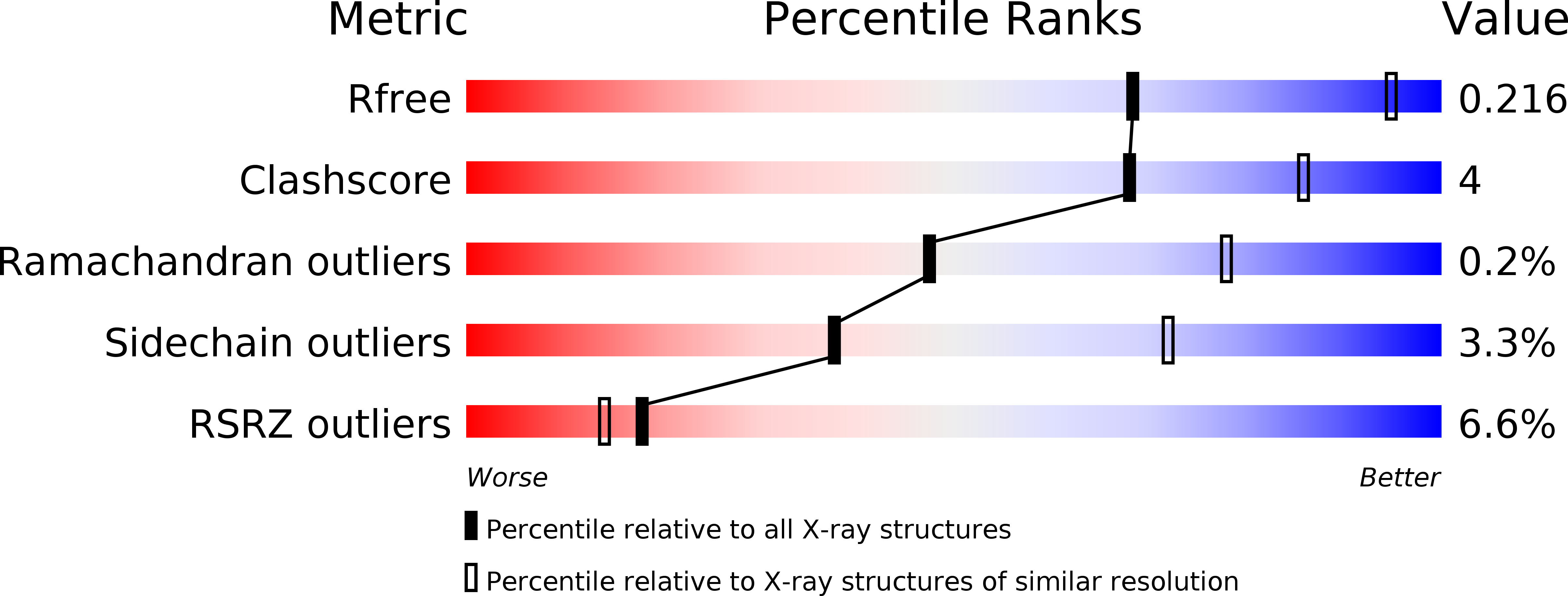
Deposition Date
2015-03-18
Release Date
2015-10-28
Last Version Date
2024-11-06
Entry Detail
PDB ID:
4YU5
Keywords:
Title:
Crystal structure of selenomethionine variant of Bacillus anthracis immune inhibitor A2 peptidase zymogen
Biological Source:
Source Organism:
Bacillus cereus var. anthracis (strain CI) (Taxon ID: 637380)
Host Organism:
Method Details:
Experimental Method:
Resolution:
2.90 Å
R-Value Free:
0.20
R-Value Work:
0.18
R-Value Observed:
0.18
Space Group:
P 21 21 21


